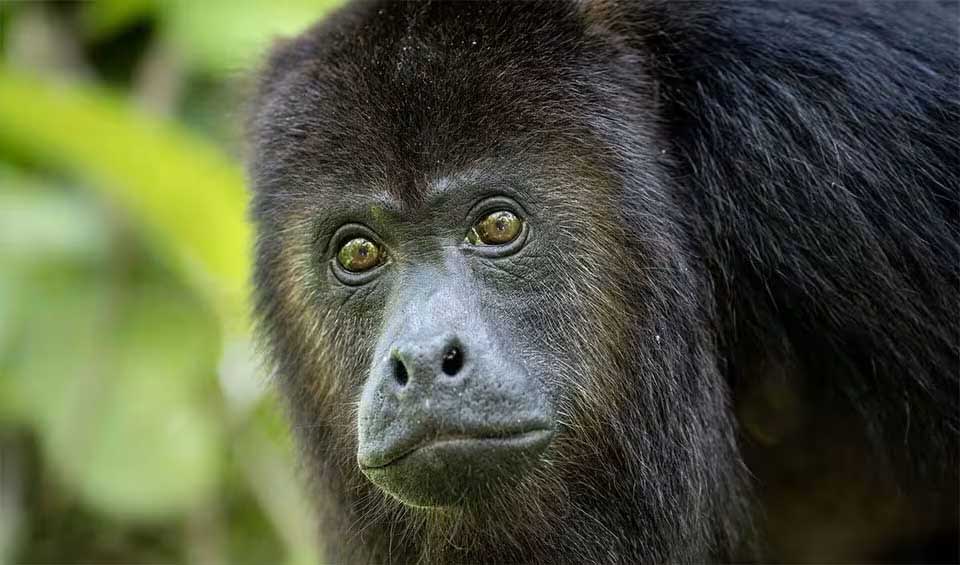Alouatta – Howler monkeys
Gods of the Mayan civilization
Howler monkeys, recognized for their haunting vocalizations that can be heard for miles through the dense forests of South and Central America, represent one of the most intriguing genera within the New World monkeys. Their distinctive howls serve as a means of communication within the troop, as well as a territorial signal to other groups. This vocal behavior is facilitated by an enlarged hyoid bone in their throats, acting as a resonance chamber that amplifies their calls. In addition to their vocal prowess, howler monkeys possess lengthy guard hairs and a prehensile tail equipped with a hairless pad at the end, enhancing their grip on branches as they navigate the canopy.
The social organization of howler monkeys is characterized by groups typically consisting of 10 to 20 individuals, with a clear dominance hierarchy headed by a single alpha male. This male has exclusive mating rights with the females in the group, although subordinates may occasionally sire offspring. Female howler monkeys, who often spend their entire lives within the same group, play significant roles in social cohesion and offspring care. The strong social bonds within groups are maintained through grooming, vocal communication, and collective foraging and defense activities.
Predominantly herbivorous, howler monkeys primarily consume leaves, complemented by fruits, flowers, and occasionally small invertebrates. Their specialized digestive systems allow them to process the cellulose in leaves, a diet that many other primates cannot sustain. This folivorous diet influences their role as seed dispersers, as the fruits they consume pass through their digestive systems and are deposited throughout the forest, aiding in plant regeneration and biodiversity.
Species in this genus
Yucatán black howler monkey
An elegant arboreal dweller with a resounding voice that echoes through the forest
Brown howler
Their howls can be heard up to 5 km (3 miles) away!
Mantled howler
One of the loudest monkeys in the world!
Black howler
Allomothering is a common activity: females of a group display communal care for each other’s infants




